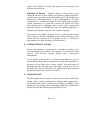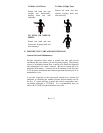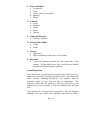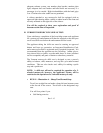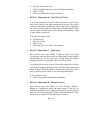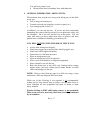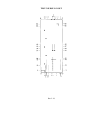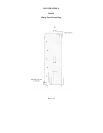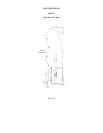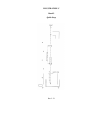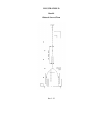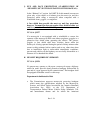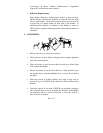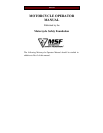
Part I - 24
J. EYE AND FACE PROTECTION (CLARIFICATION OF
“HELMET USE” SECTION IN PART II OF THIS MANUAL):
In the “Helmet Use” section (in PART II of this manual) reasons are
given why a face shield on a helmet gives the most eye and face
protection while riding a motorcycle when compared with a
windshield alone, goggles, or sunglasses.
A face shield does provide the most eye and face protection,
however, Vermont law does not require a face shield or other eye
and face protection if a windshield is present.
23 V.S.A. §1257
If a motorcycle is not equipped with a windshield or screen, the
operator of the motorcycle shall wear either eyeglasses, goggles or a
protective face shield when operating the vehicle. The glasses,
goggles or face shield shall have colorless lenses when the
motorcycle is being operated during the period of thirty minutes after
sunset to thirty minutes before sunrise and at any other time when
due to insufficient light or unfavorable atmospheric conditions,
persons and vehicles on the highway are not clearly discernible at a
distance of five hundred feet ahead.
K. HELMET REQUIRED IN VERMONT:
23 V.S.A. §1256
No person may operate or ride upon a motorcycle upon a highway
unless he wears upon his head protective headgear reflectorized in
part and of a type approved by the commissioner. The headgear shall
be equipped with either a neck or chin strap.
Department Administrative Rule
y The Commissioner approves motorcycle protective headgear
which meets the specifications adopted by the Motorcycle,
Scooter, and Allied Trades Association, the America Standards
Association Inc., Z90.1, or the U.S. Department of
Transportation Federal Motor Vehicle Safety Standards, 218,
and amendments thereto and for which the American



